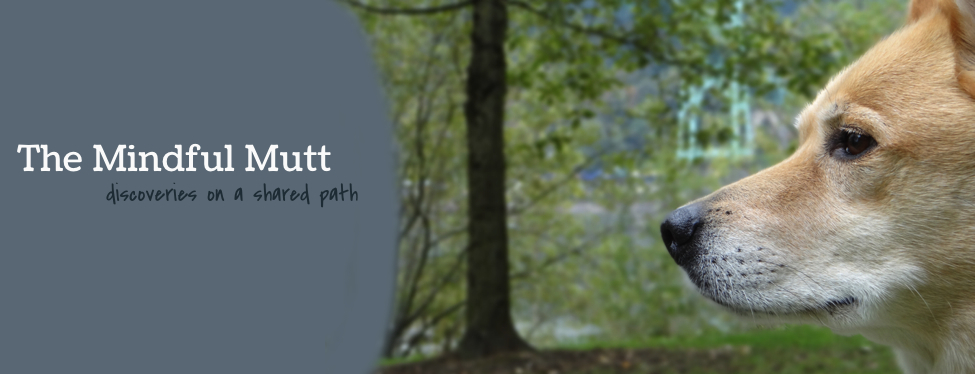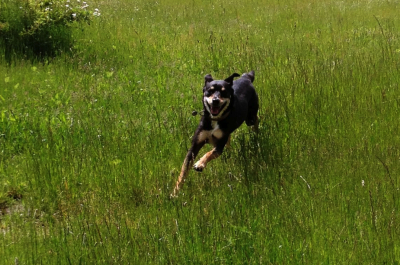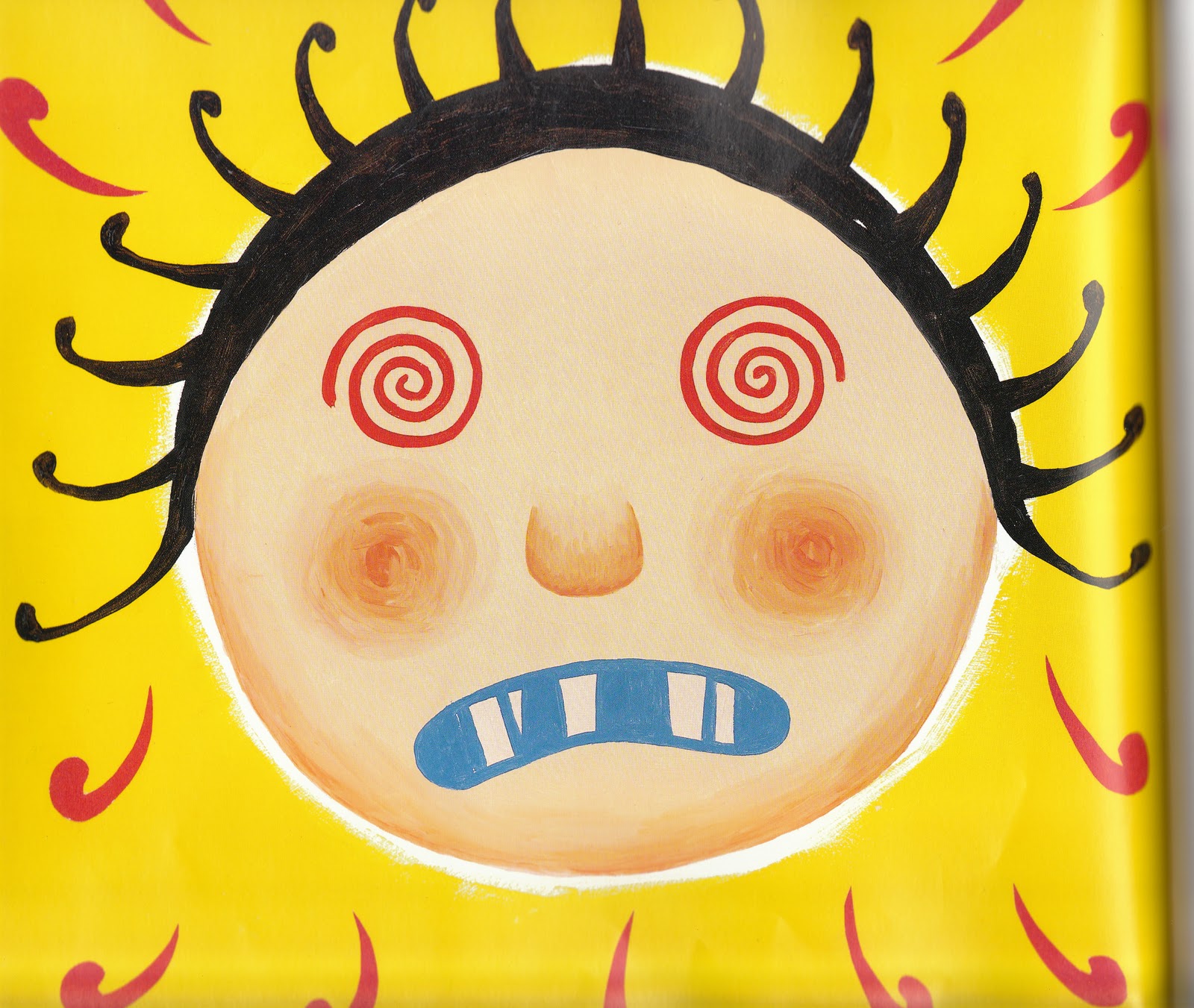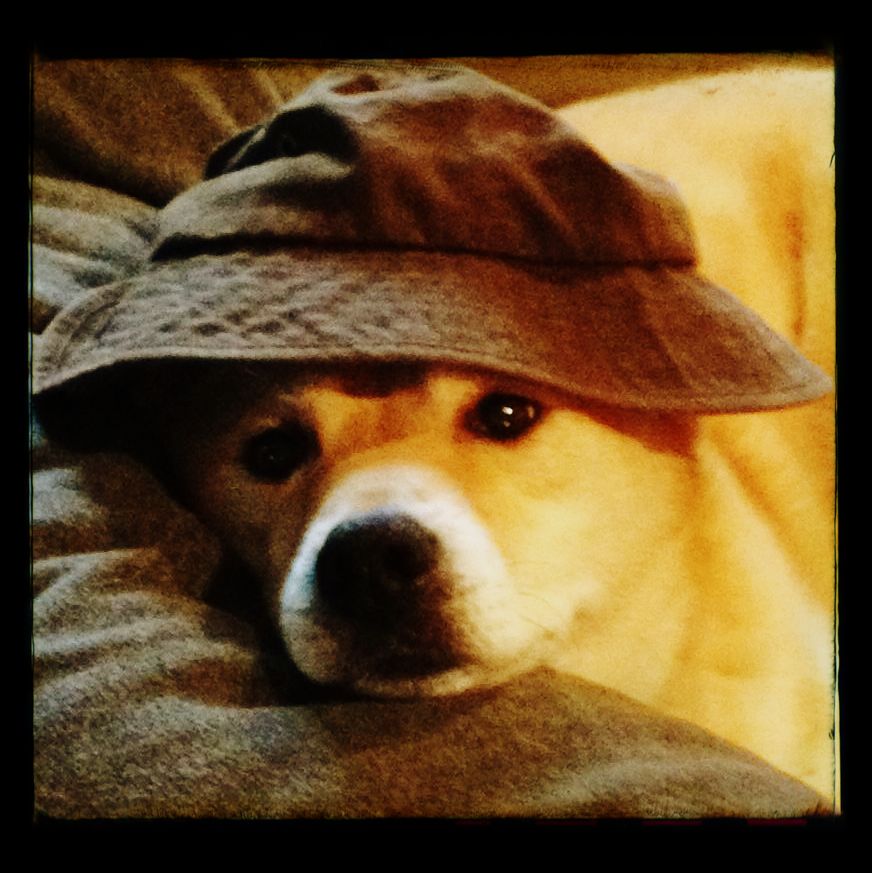Love the one you're with, part one
 Tuesday, November 12, 2013 at 2:00PM
Tuesday, November 12, 2013 at 2:00PM  Any excuse for a baby elephant photo...Some trainers liken themselves to plumbers. "Got a behavioral blockage?" they ask. "Let an expert sort that out for you." I prefer messier analogies (yes, messier even than plumbing): marriage counselor, dance instructor... or maybe even frustrated spider. Consider that a dog's behavior is always entangled in a web of relationships, and none of those relationships is static. As a trainer, I can spin a potentially strong new thread in the web, but I'd be foolish to think I can change its overall shape by tugging alone in my corner.
Any excuse for a baby elephant photo...Some trainers liken themselves to plumbers. "Got a behavioral blockage?" they ask. "Let an expert sort that out for you." I prefer messier analogies (yes, messier even than plumbing): marriage counselor, dance instructor... or maybe even frustrated spider. Consider that a dog's behavior is always entangled in a web of relationships, and none of those relationships is static. As a trainer, I can spin a potentially strong new thread in the web, but I'd be foolish to think I can change its overall shape by tugging alone in my corner.
That may be too sticky a metaphor, but you get the idea. This is a post about limitations, and I want to start by confessing one of my own: I've learned from experience that I can't do good work as a trainer unless my human client already feels a deep, irrational attachment - heck, let's call it love - for his or her dog. The attachment may be frayed, and the love may be troubled, but if it's not there, I'm not going to be of much help. If the central message I hear is "Please fix this dog so that I can love it, or anyway tolerate it," I know I need to refer the case out to someone who takes a more mechanical approach to training.
When practiced ethically, dog training (like all teaching and other transformative kinds of work) requires a base level of optimism and a certain symmetry in aims between trainers/teachers and clients/students. To that end, I try to be open about my own core aim, which is to build understanding between humans and dogs, to bring them closer together and help them ally their respective strengths.
This may sound strange coming from a trainer, but anyone who knows my dogs can tell you that I really don't give a hoot about perfect behavior, still less about perfect control. (On the contrary, perfection makes me itchy and mutinous, especially where living creatures are concerned.) I do give a big hoot about mutual understanding, trust, and affection - I think these are the best justifications we have for the limits we set around our dogs' behavior and the limits we set around our own. To my mind, a well-trained dog is not a slavishly obedient dog, but one who happily accepts certain bounds around her freedom because they actually help her realize (through her people) many of her strong, strange, doggy desires. (Alas, in most families, goose poop and dirty socks remain tragically taboo!)
The idea that dogs should live to please us is an offshoot of the idea that they should love us unconditionally. I think both notions are garbage, and not the good stinky kind of garbage but the noxious, toxic kind. First, should and do overlap only rarely. Most of the dogs I know live for their own pleasure, and many more put clear, definite conditions on their love. To take the examples closest to hand, two of our three dogs - Kili and Pazzo - are extremely choosy about whom they trust with their mighty affections. Barley is the hussy of the group, but even she sets firm limits on acceptable human and canine conduct. More than ten years ago, when she was an adolescent heck-ion, Pete and I took her and Kili to a class with a "traditional," corrections-based trainer. Our attempts to show Barley who was boss (primarily through leash-pops) were thankfully short-lived. No human actor could have communicated puzzlement and disgust as clearly as Barley did with one sharp glance: "You do that to me again, you power-hungry oaf, and we are done ." She sends similarly unambiguous messages to any dog who dares to nip her butt.
Second, and most dangerously, the unconditional love trope shifts responsibility away from where it belongs: on human shoulders (adult human shoulders). Have you ever noticed that the creatures (of whatever species) who are supposed to love unconditionally are those with the least power to leave a bad relationship? Small children and dogs and others who are deeply dependent often do love in the face of neglect, mistreatment, and even horrific abuse, but this should not be any cause for celebration. On the contrary, it should remind us that the need for secure attachment among highly social animals is so strong and deep that it can override the imperatives of physical self-preservation. The only animal who should love unconditionally (in the sense of undertaking a moral obligation) is one who has chosen to hold another animal's life and well-being in his or her care.
So we need to recognize our limits when making such a choice - after it's made, we've got to be all in. Fortunately, we can usually protect ourselves before the fact from responsibilities we know we can't wholeheartedly embrace. I, for one, should never be allowed back into a garden store or nursery. The possibility that plants are sentient fills me with shame and regret. (Roald Dahl once wrote a horrifying story about a device that records the sound of grass screaming when it's mowed...) My ficus tree could tell such tales on me! Harrowing accounts of nitrogen starvation and weeks without water. I try to take a more consistent interest, but I remain an erratic gardener and perennial black thumb.
Sad to say, that's not the worst of my derelictions! The primary inspiration for this post comes from Kili and from the ways that Peter and I failed her for many years. I've already taken too much of your time, so I'll save the full story for another day. Suffice it for now to say that we didn't really choose her, and we thought not quite consciously that this let us off the hook, absolved us of our responsibility to love her lavishly, without conditions. We were wrong.





